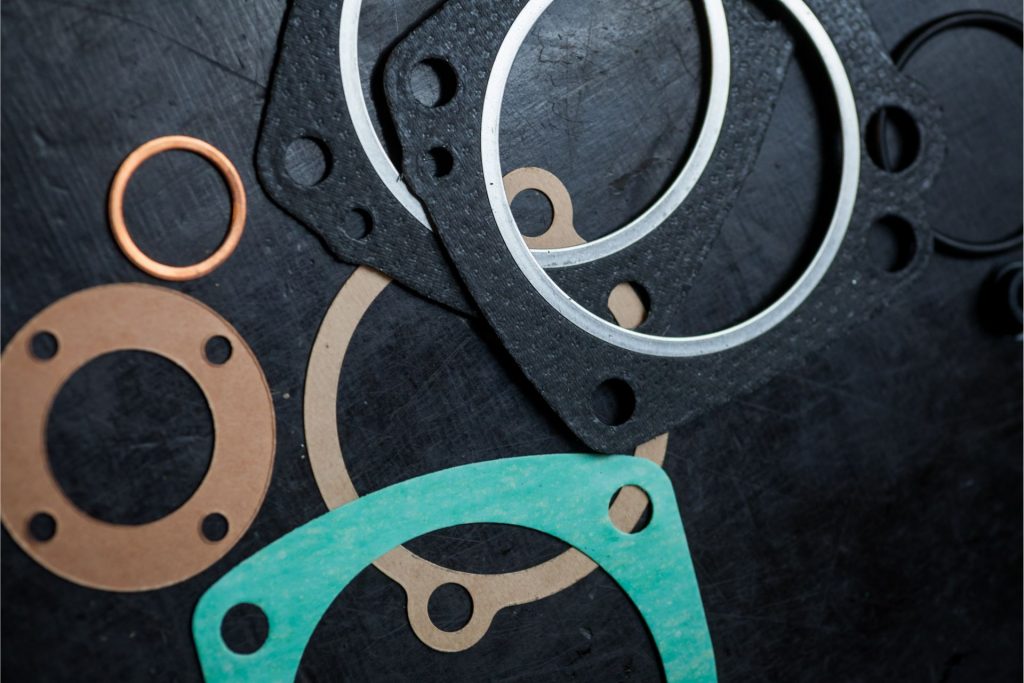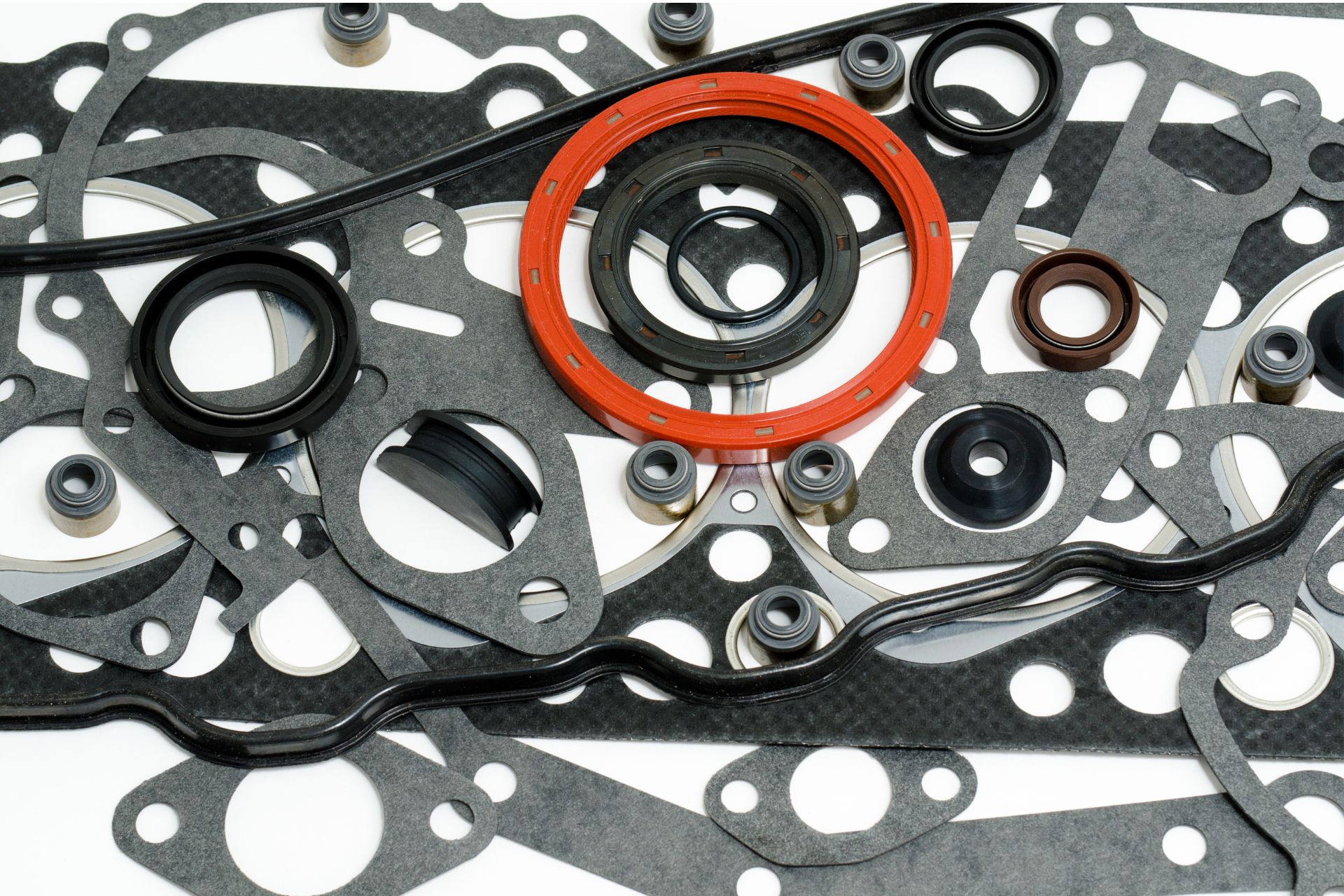If you have a leaking water pump gasket or want to replace one, you have heard about sealants and their benefits; so read on to find out if it is a good idea to put sealant on the new water pump gasket.
Do I Need to Put Sealant On Water Pump Gasket?
You do not need to put sealant on the water pump gasket because the rubber seals and O-rings on most modern water pump gaskets are ideally designed to be installed dry. Applying sealant on such a water pump gasket will compromise the rubber seals and O-rings. They may start leaking since the sealant interferes with the water pump gasket’s compression seal.
Many car owners and auto shops tend to apply sealant on water pump gaskets to hold the gasket firm during installation. Even though this may sound like a safe thing to do, it is not recommended. However, there is a loophole in the procedure.
If you must apply sealant on your water pump gasket, ensure that you do it on its inside and do not over-apply it. If you mistakenly apply too much sealant on the gasket, wipe out the excess amount.
It is worth noting that applying a lot of sealant to the water pump gasket could harm your vehicle. This is because excess sealant can easily be squeezed into your vehicle’s coolant circuit, clog the radiator and interfere with the engine’s cooling and heating operations.
Additionally, adding too much sealant to your water pump gasket will lead to over-compression. Remember, all gaskets, including water pump gaskets, are designed to endure a certain level of compression.
If the water pump gasket is subjected to more compression than designed, it might become damaged or even slide out of its initial position. This could easily damage your vehicle’s engine.
If the water pump gasket fits perfectly, you do not need to apply sealant. But, if the water pump gasket has gaps or its corners seem weak, you can add a thin film of adhesive and let it sit for at least 40 minutes until it becomes a bit dry. If you leave these gaps open, you will have leaks after installation.
A little sealant goes a long way. Therefore, ensure you do not over-apply it. Also, purchasing the right water pump gasket for your vehicle is important because it ensures that you do not need to use sealant to keep it in place.
Another great way to ensure that your water pump gasket fits perfectly without sealant is by preparing the engine surface. Thoroughly clean the engine surface to get rid of dirt and debris. If the engine surface has tough stains, you can spray some carburetor cleaner on it and then clean the surface until only the bare metal is visible.
On the other hand, if the water pump gasket will not stay in place during installation, consider wetting it with fresh coolant. If you need help replacing the water pump gasket, it may be best that you reach out to a professional mechanic.
How to Properly Seal a Water Pump Gasket?
Sealing a water pump gasket is not a complicated process, especially when you have the right sealant. Here is a detailed lesson on how to properly seal a water pump gasket:
- Remove the old water pump gasket. If the old water pump gasket is molded to the housing, you will need a screwdriver to remove it. On the other hand, if the old water pump gasket is held in place using bolts, loosen and remove them.
- Before applying a sealant on the new water pump gasket, you need to clean the engine surface to remove all foreign impurities and debris that may tamper with the sealant. You can clean surfaces that will be joined by the gasket using a carburetor cleaner.
- Check the gasket to ensure it has no defects and fits perfectly to the water pump to create a tight seal. The gasket should fit in a way that will prevent leaks and withstand high pressure and temperature levels.
- Apply a thin coat of sealant on the adjustable side of the water pump gasket using your finger, and then press the two adjoining surfaces together. The sealant should be sensor safe. Then, let the sealant sit for about 20-40 minutes to dry.
- Once the sealant dries, you can align the gasket on the water pump’s surface and tighten the bolts.
What Kind of Sealant to Use on the Water Pump Gasket?
You have to use the sealant that keeps the water pump running efficiently and protects vital engine components from oil leakage and corrosion.
Choosing the right kind of sealant to use on the water pump gasket depends on whether the gasket is made of cork, rubber liner, or paper.

Additionally, a sealant will provide your water pump gasket with more protection than silicone treatments. Luckily, there are multiple options when shopping for a sealant. Some of the best sealants for water pump gaskets include:
Permatex Ultra Black 82180 Silicon Gasket Maker
This is undoubtedly a good sealant that offers value for money. It is a must-have for every automobile enthusiast. The Permatex Ultra Black 82180 Silicon Gasket Maker has been designed to protect engine components from oil, coolant, and water leaks. Some manufacturers claim that you can use this sealant in place of a water pump gasket.
However, you should know that there are few clear differences between this sealant and a water pump gasket. Therefore, you should never use Permatex Ultra Black 82180 Silicon Gasket Maker to replace an actual gasket. Some of the sealant’s best features include:
- It is non-corrosive
- It is eco-friendly
- It provides outstanding adhesion
- It is durable and sensor-safe
Gasgacinch 440-A-Gasket Sealant and Belt Dressing
This sealant offers remarkable sealing properties. You can count Gasgacinch 440-A-Gasket Sealant and Belt Dressing to prevent leaks, create superior grip and reduce repair costs in the long run. Some of the sealant’s best features include:
- It performs well as a gasket sealant
- It is flexible
- It is precise and easy to use
- It is easy to clean and dry out

